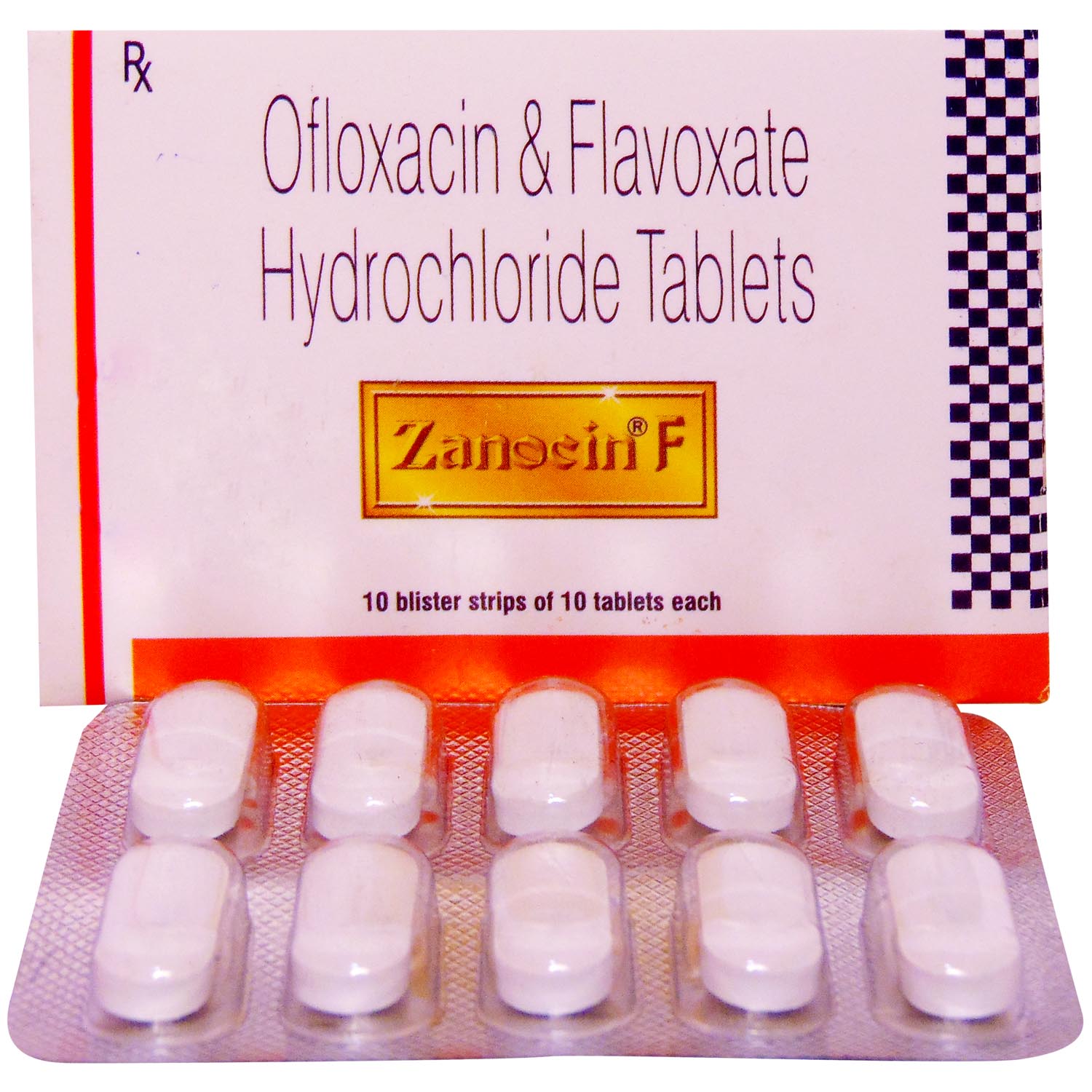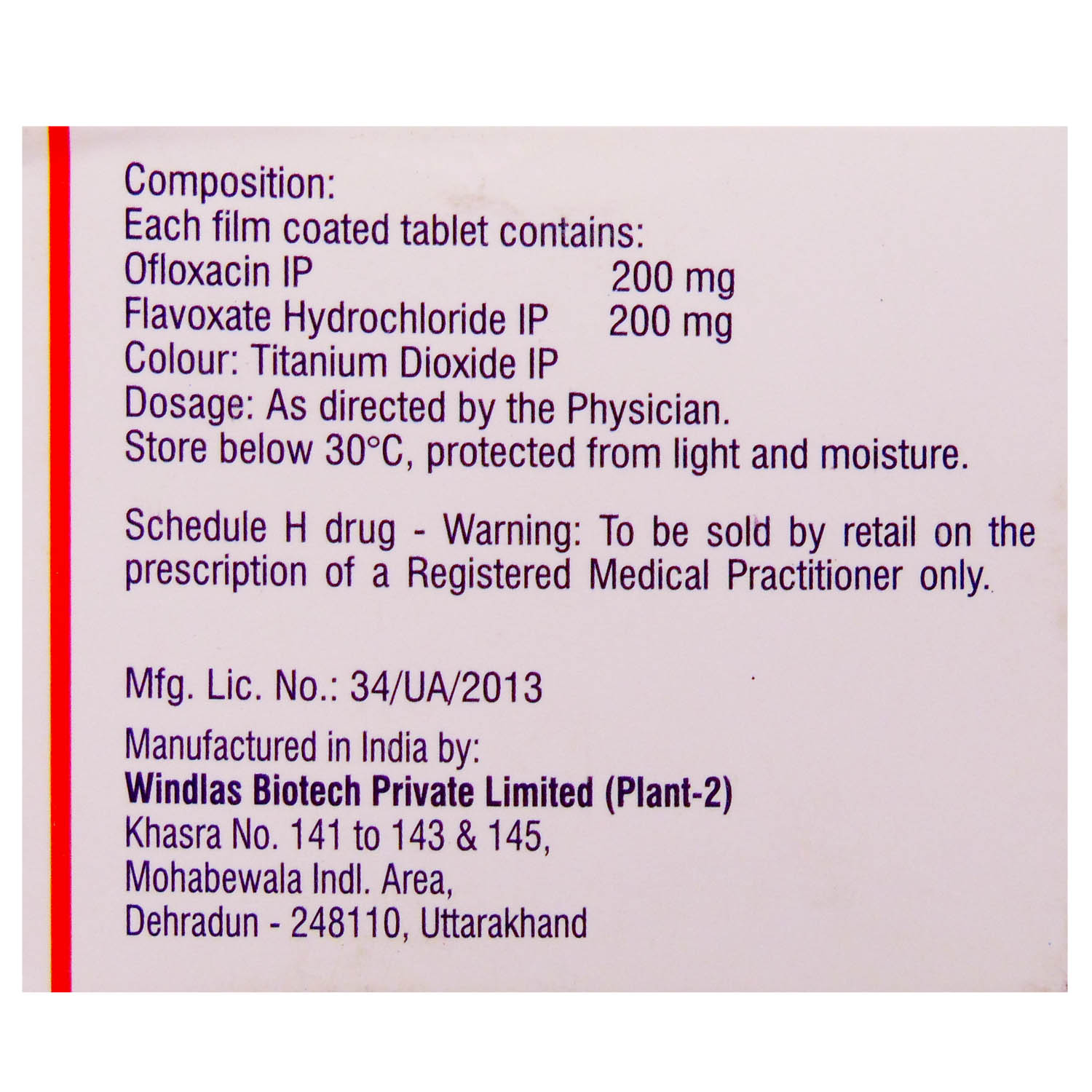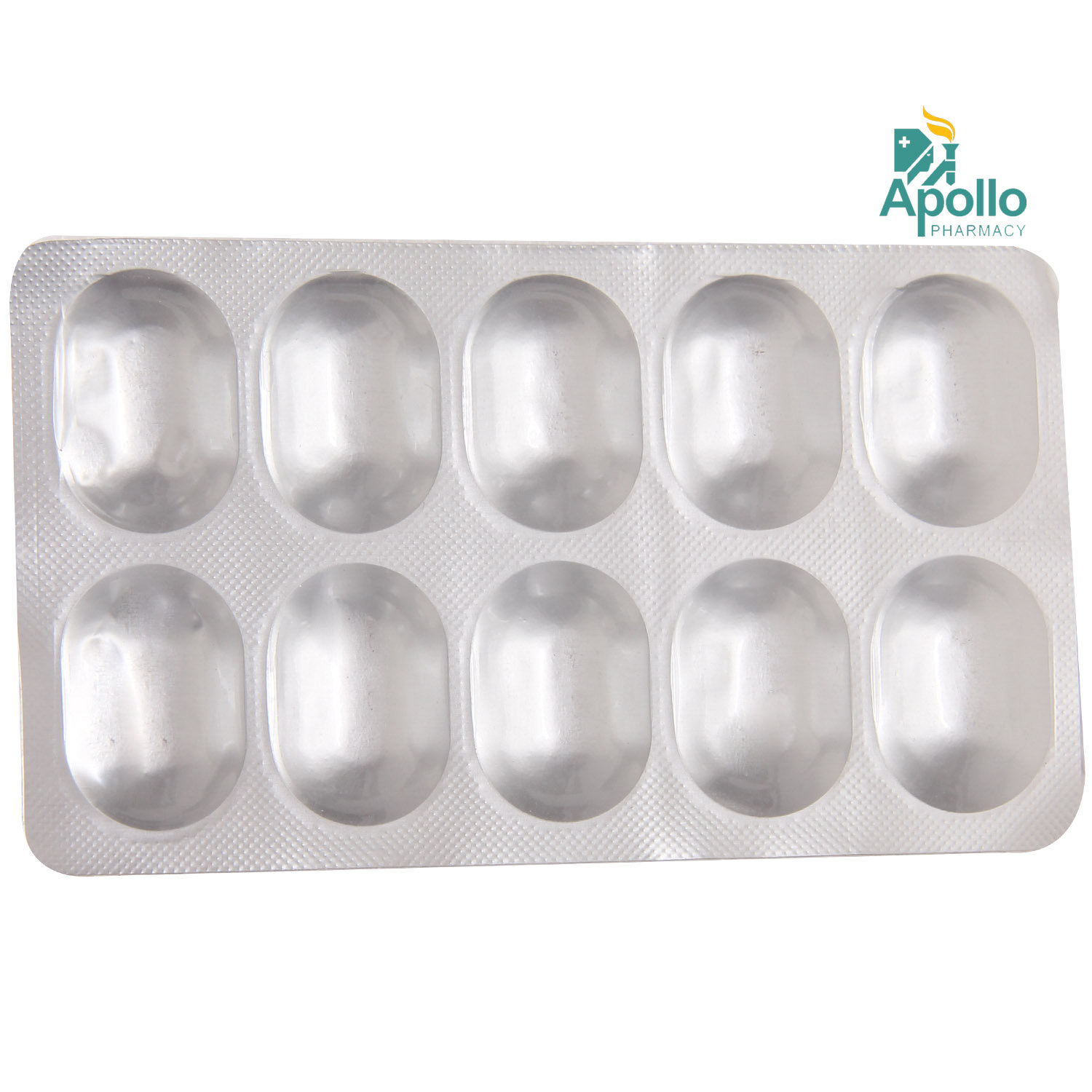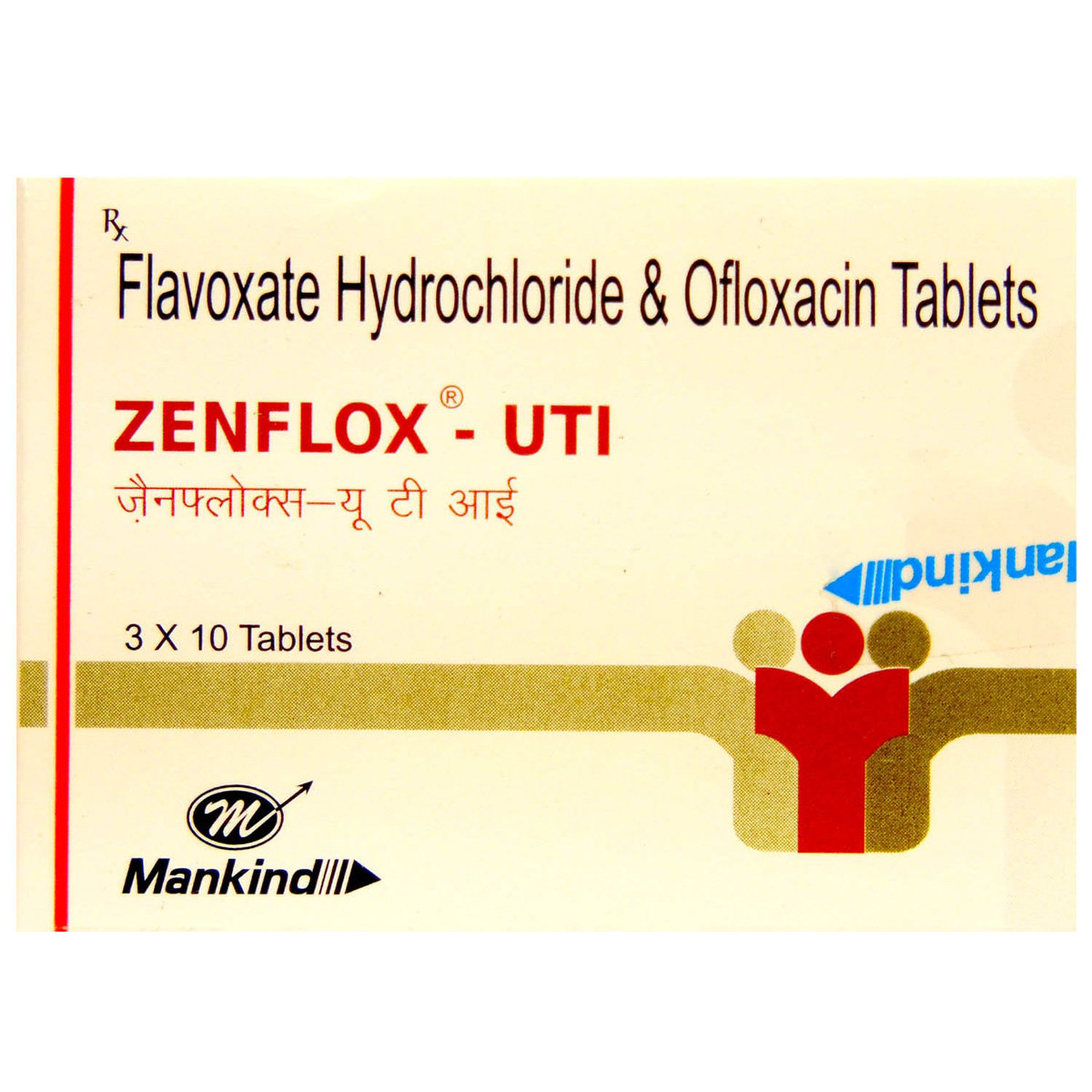Zanocin F Tablet


MRP ₹185
(Inclusive of all Taxes)
₹27.8 Cashback (15%)
know your delivery time
Provide Delivery Location
Composition :
Manufacturer/Marketer :
Consume Type :
Expires on or after :
Return Policy :

Secure Payment

Trusted by 8 Crore Indians

Genuine Products
Therapeutic Class
Country of origin
Manufacturer/Marketer address
Author Details
We provide you with authentic, trustworthy and relevant information
Disclaimer
Alcohol
Safe if prescribed
You are recommended to avoid alcohol consumption while taking Zanocin F Tablet . Alcohol intake, along with Zanocin F Tablet , may cause increased dizziness.
Pregnancy
Consult your doctor
Please consult your doctor if you have any concerns regarding this; your doctor will prescribe you Zanocin F Tablet only if the benefits outweigh the risks.
Breast Feeding
Consult your doctor
Please consult your doctor if you have any concerns regarding this; your doctor will decide whether breastfeeding mothers can take Zanocin F Tablet or not.
Driving
Safe if prescribed
Zanocin F Tablet may cause dizziness, do not drive or operate heavy machinery if you feel dizzy.
Liver
Consult your doctor
Dose adjustment may be needed. Please consult your doctor if you have a liver impairment or any concerns regarding this.
Kidney
Consult your doctor
Dose adjustment may be needed. Please consult your doctor if you have kidney impairment or any concerns regarding this.
Children
Safe if prescribed
Zanocin F Tablet should not be used by children, as the efficacy and safety have not been established.
Product Substitutes
About Zanocin F Tablet
Zanocin F Tablet belongs to the group of medicines called antibiotics used to treat bacterial infections of the urinary tract (kidney and bladder). Zanocin F Tablet helps relieve symptoms which may occur due to the infection such as painful urination, inability to control urine flow, and excessive urination at night. Urinary tract infections are caused by microbes such as bacteria and can affect the kidneys, bladder, and the tubes that run between them.
Zanocin F Tablet is a combination of two drugs, namely: Ofloxacin (quinolone antibiotic) and Flavoxate (anti-spasmodic). Ofloxacin prevents the bacteria from repairing and reproducing themselves, thereby kills the bacteria. Flavoxate relaxes the muscles of the urinary bladder, thereby helps in preventing frequent urination, and excessive or uncontrolled urination.
In some cases, you may experience certain common side-effects such as nausea, vomiting, stomach upset, dizziness, and headache. Most of these side-effects do not require medical attention and will resolve gradually over time. However, you are advised to talk to your doctor if you experience these side-effects persistently.
Zanocin F Tablet contains ofloxacin which might increase the chances of developing tendinitis (swelling of a fibrous tissue that connects a bone to a muscle) or having a tendon rupture (tearing of a fibrous tissue that connects a bone to a muscle). Consult your doctor before taking Zanocin F Tablet if you are pregnant or breast-feeding. Zanocin F Tablet may cause dizziness, so drive with caution. Zanocin F Tablet should not be given to children as safety and efficacy have not been established. Avoid or limit the intake of alcohol while taking Zanocin F Tablet as it could lead to increased dizziness.
Uses of Zanocin F Tablet
Medicinal Benefits Mweb
Key Benefits
Zanocin F Tablet belongs to the group of medicines called antibiotics used to treat bacterial infections of the urinary tract (kidney and bladder). Zanocin F Tablet helps to relieve symptoms which may occur due to the infection such as painful urination, inability to control urine flow, and excessive urination at night. Zanocin F Tablet is a combination of two drugs, namely: Ofloxacin (quinolone antibiotic) and Flavoxate (anti-spasmodic). Ofloxacin prevents the bacteria from repairing and reproducing themselves, thereby kills the bacteria. Flavoxate relaxes the muscles of the urinary bladder, thereby helps in preventing frequent urination, and excessive or uncontrolled urination.
Directions for Use
Side Effects of Zanocin F Tablet
- Nausea
- Vomiting
- Stomach upset
- Dizziness
- Headache
Drug Warnings
Do not take Zanocin F Tablet if you are allergic to any of its contents; if you have gastrointestinal bleeding, obstruction in food passage, muscular inability to swallow, urinary retention, glaucoma, seizures or muscle weakness. Zanocin F Tablet contains ofloxacin which might increase the chances of developing tendinitis (swelling of a fibrous tissue that connects a bone to a muscle) or having a tendon rupture (tearing of a fibrous tissue that connects a bone to a muscle). Talk to your doctor before taking Zanocin F Tablet if you have mental illness, nervous, heart, kidney or liver problems. Consult your doctor before taking Zanocin F Tablet if you are pregnant or breast-feeding. Zanocin F Tablet may cause dizziness, so drive only if you are alert. Zanocin F Tablet should not be given to children as safety and efficacy have not been established. Avoid consuming alcohol along with Zanocin F Tablet as it could lead to increased dizziness.
Drug-Drug Interactions
Drug-Drug Interactions
Login/Sign Up
Using Mesoridazine together with Zanocin F Tab 10's *** can increase the risk of an irregular heart rhythm that may be serious.
How to manage the interaction:
Taking Mesoridazine with Zanocin F Tab 10's *** is not recommended, please consult your doctor before taking it. You should seek immediate medical attention if you develop sudden dizziness, lightheadedness, fainting, shortness of breath, or heart palpitations. Do not stop using any medications without talking to a doctor.
Coadministration of Zanocin F Tab 10's *** with Quinidine can increase the risk or severity of irregular heart rhythms.
How to manage the interaction:
Taking Zanocin F Tab 10's *** with Quinidine together is generally avoided as it can result in an interaction, it can be taken if your doctor has advised it. However, if you experience sudden dizziness, lightheadedness, fainting, shortness of breath, chest pain or tightness, rapid heartbeat, or memory loss, contact a doctor immediately. Do not discontinue any medications without consulting a doctor.
Coadministration of Zanocin F Tab 10's *** with Pimozide can increase the risk or severity of irregular heart rhythms.
How to manage the interaction:
Taking Zanocin F Tab 10's *** with Pimozide together can result in an interaction, it can be taken if your doctor has advised it. However, if you experience sudden dizziness, lightheadedness, fainting, shortness of breath, chest pain or tightness, rapid heartbeat, or memory loss, contact a doctor immediately. Do not discontinue any medications without consulting a doctor.
Coadministration of Zanocin F Tab 10's *** with Saquinavir can increase the risk or severity of irregular heart rhythms.
How to manage the interaction:
Taking Zanocin F Tab 10's *** with Saquinavir together is generally avoided as it can result in an interaction, it can be taken if your doctor has advised it. However, if you experience sudden dizziness, lightheadedness, fainting, shortness of breath, chest pain or tightness, rapid heartbeat, or memory loss, contact a doctor immediately. Do not discontinue any medications without consulting a doctor.
Using bepridil together with Zanocin F Tab 10's *** drugs can increase the risk of an irregular heart rhythm that may be serious.
How to manage the interaction:
Taking Zanocin F Tab 10's *** with Bepridil can cause an interaction, please consult your doctor before taking it. You should seek immediate medical attention if you develop sudden dizziness, lightheadedness, fainting, or fast or pounding heartbeats. Do not stop using any medications without consulting a doctor.
Coadministration of Zanocin F Tab 10's *** with Dronedarone can increase the risk or severity of irregular heart rhythm.
How to manage the interaction:
Taking Zanocin F Tab 10's *** with Dronedarone together can result in an interaction, it can be taken if your doctor has advised it. However, if you experience sudden dizziness, lightheadedness, fainting, shortness of breath, chest pain or tightness, rapid heartbeat, or memory loss, contact a doctor immediately. Do not discontinue any medications without consulting a doctor.
Using halofantrine together with Zanocin F Tab 10's *** can increase the risk of an irregular heart rhythm that may be serious.
How to manage the interaction:
Taking Zanocin F Tab 10's *** with Halofantrine can cause an interaction, please consult your doctor before taking it. You should seek immediate medical attention if you develop sudden dizziness, lightheadedness, fainting, shortness of breath, or heart palpitations. Do not stop using any medications without talking to a doctor.
The combination of Amiodarone and Zanocin F Tab 10's *** may significantly increase the risk of an abnormal heart rhythm.
How to manage the interaction:
Although Amiodarone and Zanocin F Tab 10's *** interact, it can be taken if prescribed by a doctor. If you get dizziness, lightheadedness, fainting, or fast or racing heartbeats, consult a doctor. Do not stop taking any medications without consulting a doctor.
Coadministration of Zanocin F Tab 10's *** with Thioridazine can increase the risk or severity of irregular heart rhythms.
How to manage the interaction:
Taking Zanocin F Tab 10's *** with Thioridazine together is generally avoided as it can result in an interaction, it can be taken if your doctor has advised it. However, if you experience sudden dizziness, lightheadedness, fainting, shortness of breath, chest pain or tightness, rapid heartbeat, or memory loss, contact a doctor immediately. Do not discontinue any medications without consulting a doctor.
Coadministration of Zanocin F Tab 10's *** with Sotalol can increase the risk or severity of irregular heart rhythms.
How to manage the interaction:
Taking Zanocin F Tab 10's *** with Sotalol together is generally avoided as it can result in an interaction, it can be taken if a doctor has advised it. If you experience sudden dizziness, lightheadedness, fainting, shortness of breath, chest pain or tightness, rapid heartbeat, or memory loss, contact a doctor. Do not discontinue any medications without consulting a doctor.
Drug-Food Interactions
Drug-Food Interactions
Login/Sign Up
Drug-Diseases Interactions
Drug-Diseases Interactions
Login/Sign Up
Drug-Drug Interactions Checker List
- TOPIRAMATE
- VALPROIC ACID
- DIPHENHYDRAMINE
- CHLORPHENIRAMINE
- CETIRIZINE
- ALPRAZOLAM
- DULOXETINE
- ASPIRIN
- IBUPROFEN
- ACETAMINOPHEN
- OXYBUTYNIN
- FLUOXETINE
- AZITHROMYCIN
- SULPHAMETHOXAZOLE+TRIMETHOPRIM
- ERYTHROMYCIN
- DEXAMETHASONE
- FUROSEMIDE
Habit Forming
Diet & Lifestyle Advise
- Eat fibre-rich food like whole grains, beans, lentils, berries, broccoli, peas and bananas.
- Antibiotics can alter the useful bacteria in the stomach, which help indigestion. Therefore, you are advised to take foods rich in probiotics such as yoghurt/curd, kefir, sauerkraut, tempeh, kimchi, miso, kombucha, buttermilk, natto and cheese.
- Avoid foods rich in calcium, grapefruit and grapefruit juice as they might hinder the absorption of antibiotics.
- Pelvic floor exercises would help treat bladder spasms.
- Avoid foods like sugars, carbonated beverages, tea, citrus fruits, tomatoes, spicy foods, chocolate and tea.
- Drink 6-8 glasses of water every day.
- Do not hold in the urine for longer periods.
- Avoid drinking excess alcohol or caffeine.
- Maintain a healthy weight, exercise regularly.
All Substitutes & Brand Comparisons
RX
Out of StockNot for online saleAzoflox UTI Tablet
Macmillon Pharmaceuticals
₹135
(₹12.15 per unit)
27% CHEAPERRX
Out of StockNot for online saleOphar F 200mg/200mg Tablet
Biophar Lifesciences Pvt Ltd
₹135
(₹12.15 per unit)
27% CHEAPERRX
Out of StockNot for online saleKonflav O 200mg/200mg Tablet
Konverge Healthcare Pvt Ltd
₹137.5
(₹12.38 per unit)
25% CHEAPER

Have a query?
Buy best Genito Urinary products by
Cipla Ltd
Sun Pharmaceutical Industries Ltd
Intas Pharmaceuticals Ltd
Ipca Laboratories Ltd
Leeford Healthcare Ltd
Dr Reddy's Laboratories Ltd
Lupin Ltd
Alkem Laboratories Ltd
Msn Laboratories Pvt Ltd
Zydus Healthcare Ltd
Demorbus India Pvt Ltd
Mankind Pharma Pvt Ltd
Overseas Health Care Pvt Ltd
RPG Life Sciences Ltd
La Renon Healthcare Pvt Ltd
Alembic Pharmaceuticals Ltd
Corona Remedies Pvt Ltd
Macleods Pharmaceuticals Ltd
Aristo Pharmaceuticals Pvt Ltd
Fourrts India Laboratories Pvt Ltd
Tas Med India Pvt Ltd
Micro Labs Ltd
Samarth Life Sciences Pvt Ltd
Zydus Cadila
Emcure Pharmaceuticals Ltd
Hetero Drugs Ltd
Ignyx Pharmaceuticals
Renspur Healthcare Pvt Ltd
Steris Healthcare
Alniche Life Sciences Pvt Ltd
Septalyst Lifesciences Pvt Ltd
Ajanta Pharma Ltd
Elder Pharmaceuticals Ltd
Merynova Life Sciences India Pvt Ltd
Tppl Pharmaceuticals Pvt Ltd
Walter Bushnell
Aar Ess Remedies Pvt Ltd
Knoll Healthcare Pvt Ltd
Lividus Pharmaceuticals Pvt Ltd
Meditrex Pharma
Medrhans Pharmaceuticals Pvt Ltd
Neuten HealthCare
Redmed Medical Services
Talohsty Medmark Pvt Ltd
Zycris Healthcare
East West Pharma India Pvt Ltd
Globus Remedies Ltd
Golden Square Lab Pvt Ltd
Hetero Healthcare Pvt Ltd
Modi Mundipharma Pvt Ltd
Nephurocare Pharma Pvt Ltd
Pfizer Ltd
TTK Healthcare Ltd
Votary Laboratories (India) Ltd
Albus Healthcare Pvt Ltd
Delvin Formulations (P) Ltd
Indoco Remedies Ltd
Intra Life Pvt Ltd
Megma Healthcare Pvt Ltd
Morepen Laboratories Ltd
Qren Life Sciences Pvt Ltd
Steadfast MediShield Pvt Ltd
Unipark Biotech Pvt Ltd
Akumentis Healthcare Ltd
Biokindle Lifesciences Pvt Ltd
Calren Care Lifesciences Pvt Ltd
Chemo Biological Ltd
Chemo Healthcare Pvt Ltd
Euniche Life Sciences
Himeros Pharmaceuticals Pvt Ltd
Hospimax Healthcare Pvt Ltd
Kiosence Health Care Pvt Ltd
Lia Life Sciences Pvt Ltd
Panacea Biotec Ltd
Primus Remedies Pvt Ltd
Rencord Life Sciences Pvt Ltd
Shilpa Medicare Ltd
Stadmed Pvt Ltd
Abbott India Ltd
Ameya Pharmaceuticals & Chemicals Pvt Ltd
Ardent Life Sciences Pvt Ltd
Asterima Pharmaceuticals Pvt Ltd
Astrum Healthcare Pvt Ltd
Cadila Healthcare Ltd
De Renon
Fibovil Pharmaceuticals Pvt Ltd
Koye Pharmaceuticals Pvt Ltd
Linux Laboratories Pvt Ltd
MMC Healthcare Ltd
Neovae Biomedics Pvt Ltd
Olcare Laboratories Pvt Ltd
Oxygen Pharma Care Pvt Ltd
Prevego Healthcare & Research Pvt Ltd
Rene Lifescience
Sanzyme Pvt Ltd
Solis Ortus Remedies Pvt Ltd
Syndicate Life Sciences Pvt Ltd
Tycoon Pharmaceuticals Pvt Ltd
Vasu Organics Pvt Ltd
Walron Health Care Pvt Ltd
Frequently Bought Together
Customers Also Bought

_0.jpg?tr=q-85)









